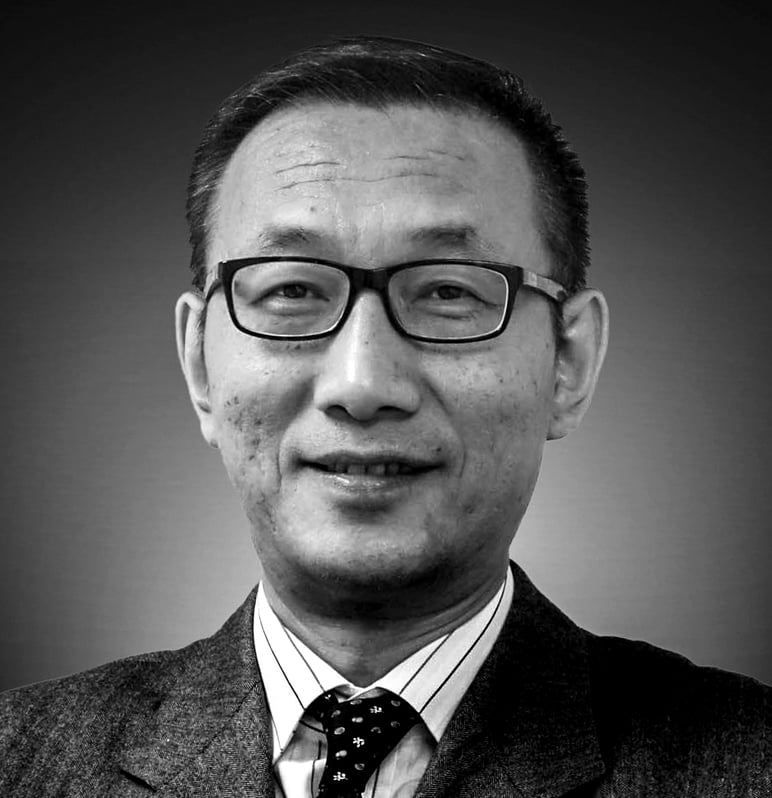
How rise and falls in rankings reveal true picture
All the signs seem to indicate that Jiang Zemin will take a step back from politics
For keen China watchers reading the tea leaves of opaque mainland politics, the most interesting news item of last week came on Monday. In a report about the funeral of Yang Baibing, a general best known for challenging former president Jiang Zemin but who ultimately failed and was sidelined, Xinhua for the first time ranked Jiang behind incumbent Politburo Standing Committee members such as Xi Jinping and President Hu Jintao.
The report has prompted overseas media, including this newspaper, to conclude that Jiang has signalled that he will fade away from the sphere of mainland politics, nearly a decade after he stepped down as the country's top leader.
On Wednesday morning, Xinhua released a short report confirming that, after the 18th party congress in November, Jiang requested that he be considered, along with other retired leaders, in future protocol rankings.
Until a week ago, Jiang, 86, ranked third in state media reports, behind Hu and Xi.
The ranking of incumbent and retired Chinese leaders is usually read out on national television and printed in major newspapers during important occasions, such as plenary sessions of the party congress and funerals of senior officials.
This is more than a matter of protocol and to show respect for party elders, as propaganda officials would have you believe. In fact, it denotes the political power and status of Chinese officials within the Communist Party.
Before the mainland opened up in the late 1970s, overseas analysts regarded the ranking as one of the most important tools to gauge the pulse of secretive mainland politics, as it could indicate who was on the way up and who had been purged, based on missing names.
For instance, the outside world learned that Deng Xiaoping was back in power for the third time in the 1970s from the fact that his name reappeared in the ranking in a state media report months later.
In Jiang's case, he retired as party chief in November 2002 and as president in 2003, and then as chairman of the Central Military Commission in 2004.
But even after his full retirement, he still ranked just behind Hu over the past decade whenever he attended public functions, signalling that he continued to wield considerable political influence as a king-maker.
His influence was fully borne out over the past few years when he played a pivotal role in choosing Xi as the successor to Hu, who preferred Li Keqiang , his protégé, and at the 18th party congress in November when the new leadership was unveiled, the seven-member Politburo Standing Committee became dominated by Jiang's supporters.
Will Jiang truly retreat from mainland politics? It is very hard to say for sure, but there have been suggestions during the few months that he wanted to step back to allow Xi more room to consolidate his authority.
As suggested in my previous columns, Hu appears to be tired of the politics and has decided to fully retreat after he steps down from his post as president in March.
Despite the fact that Jiang outmanoeuvred him on the new leadership line-up, Hu can also take some comfort in the fact that he had managed to elevate Li Keqiang's ranking to No2 within the party. Li is expected to succeed Wen Jiabao as the country's premier in March.
Over the past 10 years, the overseas media has tended to describe mainland authorities as being led by the duo of Hu and Wen. But the truth is that Wen was ranked behind Wu Bangguo , the chairman of the National People's Congress, which means that Wen's political power and influence were overestimated.
In the early years of Jiang's presidency, the premier was ranked second, but that position was subsequently given to the NPC chairman with the assumption that it signalled a desire by party leaders to pay more attention to the rule of law.
Li's new No 2 ranking has proven that assumption to be wrong.

